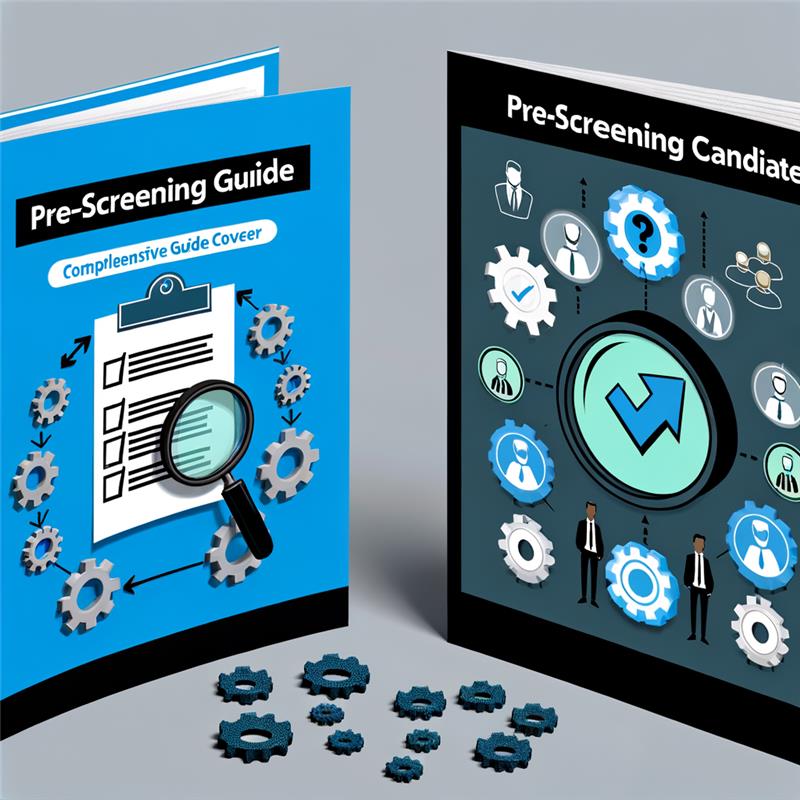Pre-screening candidates is a vital step in modern recruitment, designed to streamline the hiring process, save time, and ensure that only the most qualified applicants move forward. By effectively pre-screening, organizations can reduce hiring errors, enhance productivity, and build stronger teams. This guide explores the importance of pre-screening, best practices, and tools that make it efficient and successful.
What is Pre-Screening in Recruitment?
Prescreening is a critical step in the recruitment process designed to evaluate job candidates before conducting detailed interviews. It helps employers identify qualified individuals efficiently, saving time and resources.
This process typically involves resume screening, skill-based assessments, and targeted questions to match candidates with job requirements.
How Does the Pre Screening Process Work?
Step 1: Resume Screening
Recruiters analyze resumes to identify candidates with the necessary qualifications, work experience, and skills.
Related: AI Candidate Screening
Step 2: Automated Assessments
Use of online assessments to measure technical expertise, communication skills, or cultural fit.
Related: AI Assessment Tool
Step 3: Preliminary Interviews
Shortlisted candidates are invited for brief interviews via phone or video calls, focusing on key qualifications.
Step 4: AI Tools
Advanced AI-driven tools evaluate candidate profiles for behavioral patterns, competency mapping, and matching keywords in resumes.
Read More: AI Recruiting Tools
Tools and Technologies in Pre-screening
- Applicant Tracking Systems (ATS): Automates resume parsing and filtering.
- AI-Based Screening: AI tools predict candidate success rates and identify red flags.
- Video Interview Platforms: Automate asynchronous interviews, reducing recruiter time.
- Gamified Assessments: Evaluate skills through engaging, game-based activities.
Benefits of Prescreening
For Employers:
- Time Efficiency: Shortlists the best-fit candidates quickly.
- Improved Hiring Decisions: Ensures only qualified candidates proceed.
- Reduced Hiring Costs: Cuts down expenses related to in-depth interviews.
For Candidates:
- Streamlined Process: Reduces redundant interview rounds.
- Transparency: Provides clarity about job expectations early on.
Common Challenges and Solutions in Prescreening
| Challenge | Solution |
| Bias in Screening | Use unbiased AI tools and structured questions. |
| Misinterpretation of Data | Provide clear instructions for assessments. |
| Overlooking Top Talent | Regularly update job requirements and criteria. |
Best Practices for an Effective Pre Screening Process
- Define Clear Criteria: Establish benchmarks for skills, experience, and education.
- Leverage Technology: Incorporate ATS and AI tools for efficient data processing.
- Maintain Transparency: Share clear guidelines with candidates about the process.
- Train Hiring Teams: Ensure recruiters are equipped with the latest tools and techniques.
- Focus on Candidate Experience: Simplify the process and provide timely feedback.




